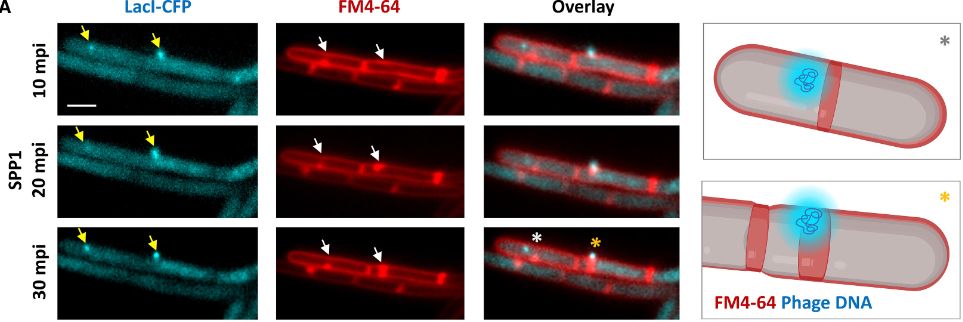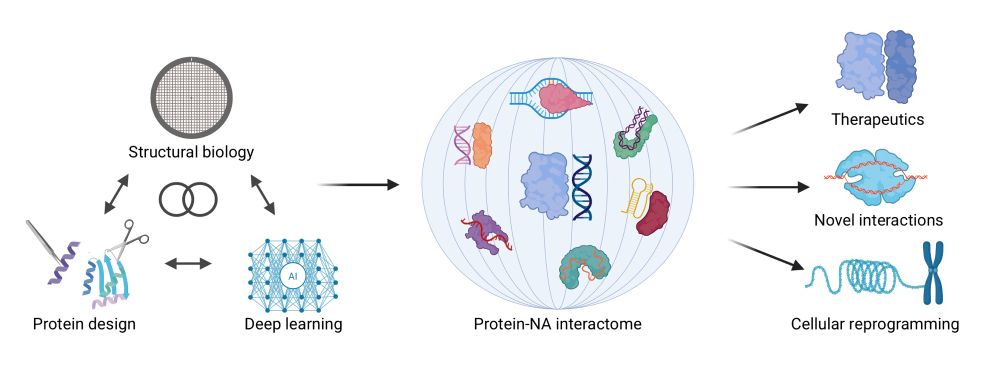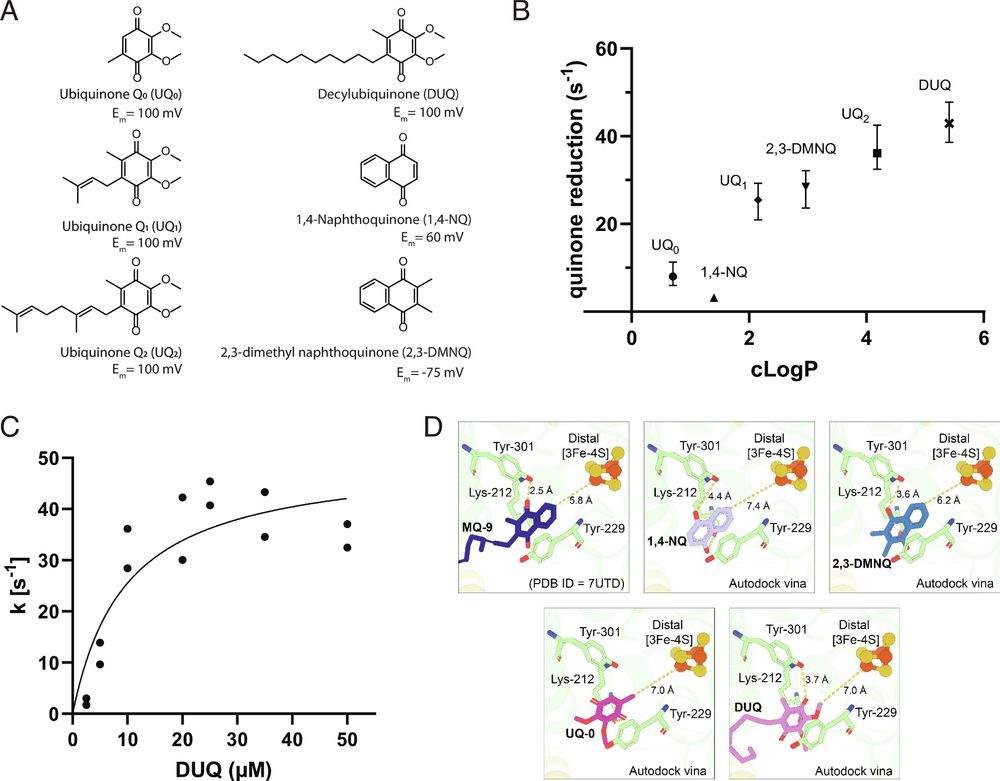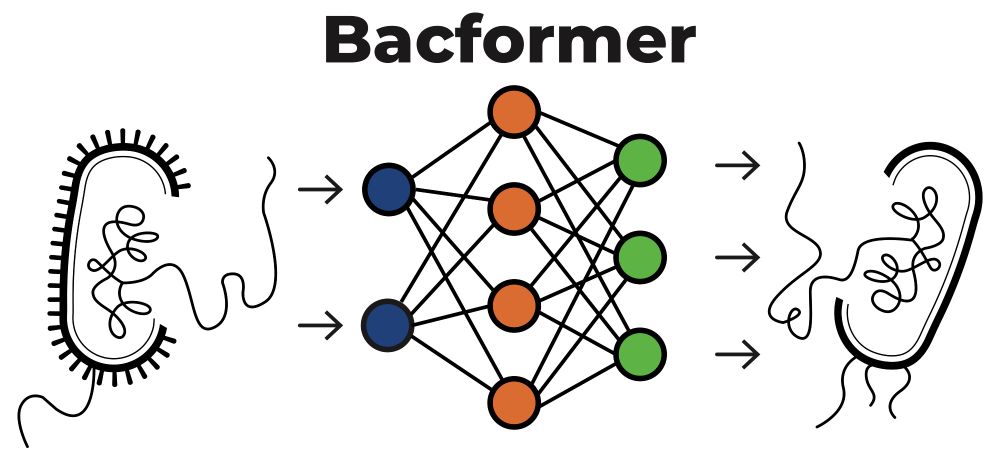Rhys Grinter
@rhyswg.bsky.social
430 followers
540 following
20 posts
Lab head at the University of Melbourne. Studying the structure and biochemistry of microbial membrane proteins and metalloenzymes.
Posts
Media
Videos
Starter Packs
Reposted by Rhys Grinter
Nature
@nature.com
· 1d

A new paradigm for outer membrane protein biogenesis in the Bacteroidota - Nature
Structural and biochemical studies of the β-barrel-assembly machinery from Flavobacterium johnsoniae reveal a subunit composition and assembly that are distinct from those of the canonical Escherichia coli complex.
go.nature.com
Reposted by Rhys Grinter
Cyntia Taveneau
@cyntiat.bsky.social
· Sep 2

Code to complex: AI-driven de novo binder design
In this review, Fox et al. discuss how artificial intelligence has transformed our
ability to design new-to-nature proteins that bind target proteins with high affinity
and specificity. The authors de...
www.cell.com
Reposted by Rhys Grinter
Reposted by Rhys Grinter
Rhys Grinter
@rhyswg.bsky.social
· Aug 14
Rhys Grinter
@rhyswg.bsky.social
· Aug 14
Reposted by Rhys Grinter
Sven T. Stripp
@stripplab.bsky.social
· Aug 8
Chris Greening
@greening.bsky.social
· Aug 8
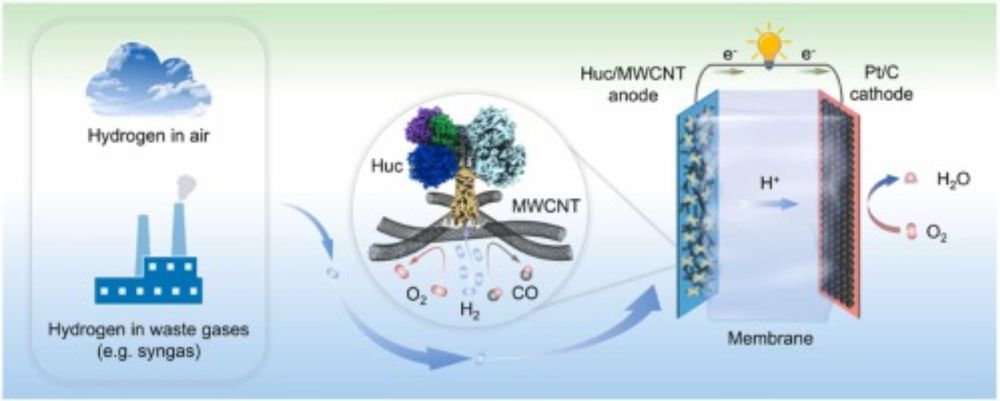
Nanoengineered bioanode with oxygen-insensitive hydrogenase for sustainable energy harvesting from atmospheric hydrogen and waste gases
Enzymatic biofuel cells (EBFCs) utilizing hydrogenases to oxidize hydrogen offer a sustainable approach to energy conservation. However, the oxygen se…
www.sciencedirect.com
Reposted by Rhys Grinter
Chris Greening
@greening.bsky.social
· Aug 8

Nanoengineered bioanode with oxygen-insensitive hydrogenase for sustainable energy harvesting from atmospheric hydrogen and waste gases
Enzymatic biofuel cells (EBFCs) utilizing hydrogenases to oxidize hydrogen offer a sustainable approach to energy conservation. However, the oxygen se…
www.sciencedirect.com
Reposted by Rhys Grinter
Reposted by Rhys Grinter
Reposted by Rhys Grinter
Reposted by Rhys Grinter
Rhys Grinter
@rhyswg.bsky.social
· Jul 29
Reposted by Rhys Grinter
Reposted by Rhys Grinter
Martin Pacesa
@martinpacesa.bsky.social
· Jul 26
Reposted by Rhys Grinter
Reposted by Rhys Grinter
Reposted by Rhys Grinter






